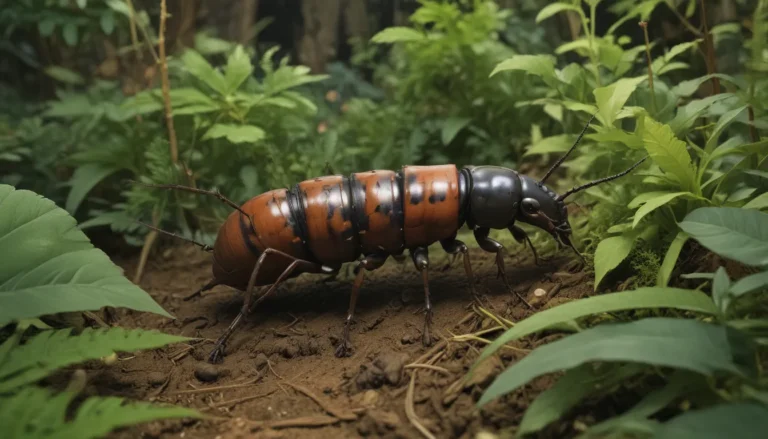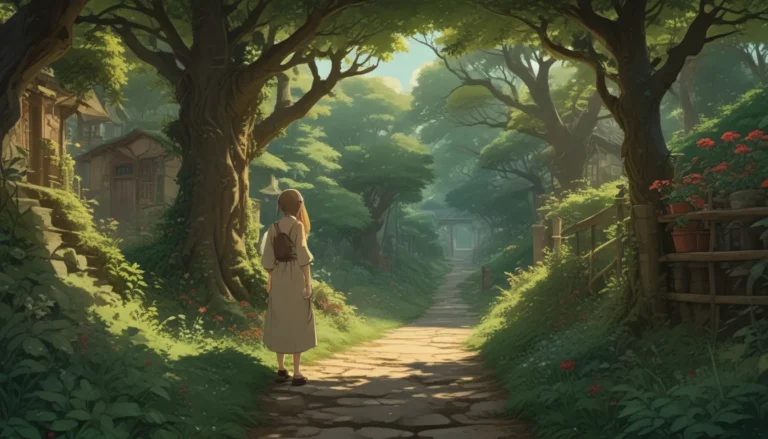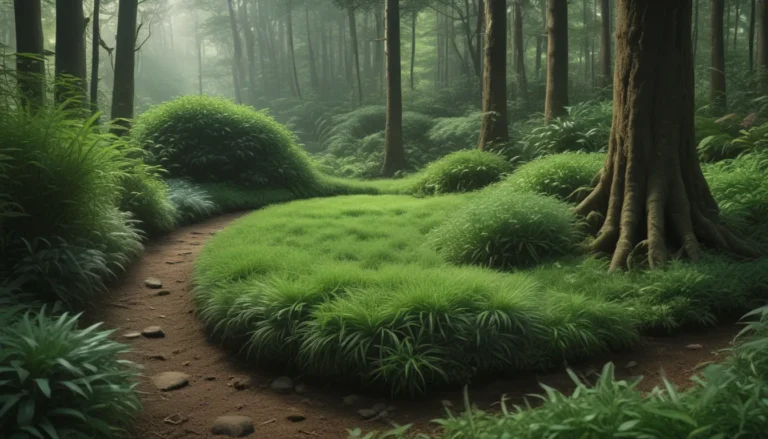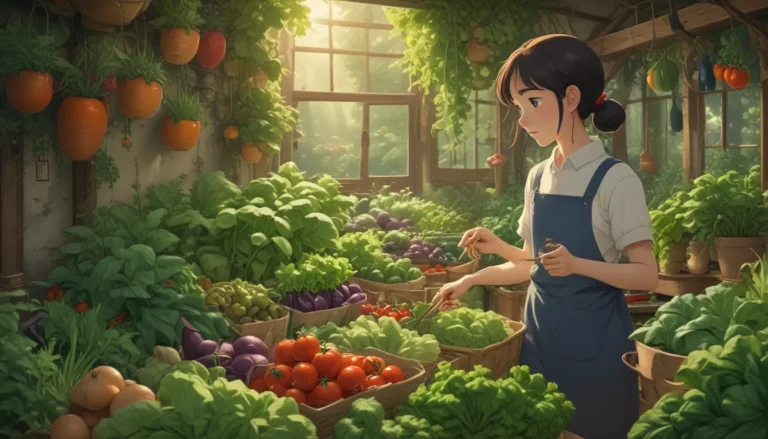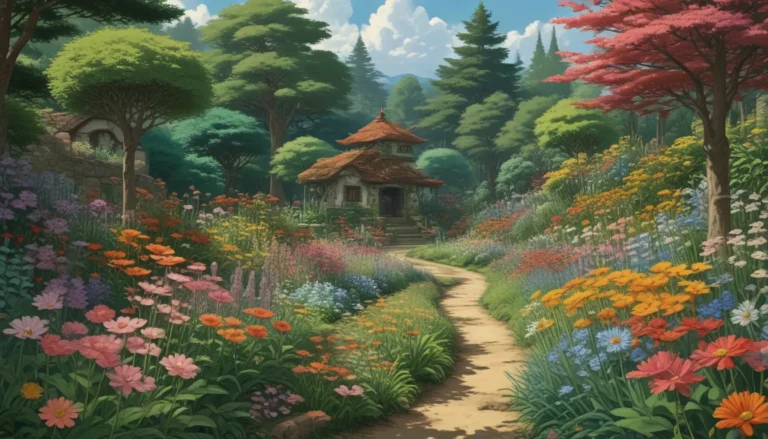Growing a Native Wildflower Landscape: Tips for Creating a Sustainable Garden
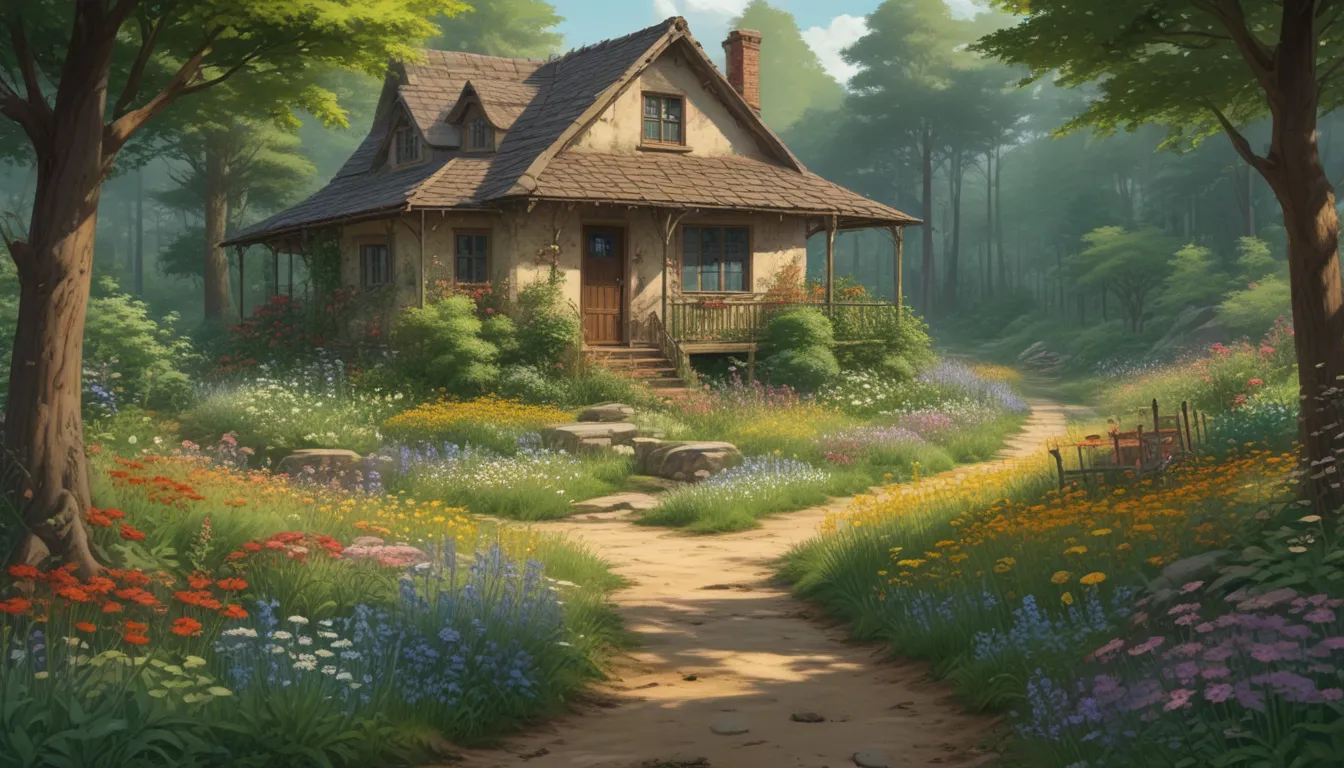
Are you looking to transform your garden into a haven for birds, bees, and butterflies? Placing native wildflowers can help make your outdoor space more sustainable while adding a unique sense of place. However, successful wildflower gardening requires careful planning and planting to ensure a thriving ecosystem.
In this in-depth guide, we’ll walk you through the process of creating a native wildflower landscape at home. From understanding the benefits of native wildflowers to choosing the right species for your growing conditions, we’ve got you covered. So grab your gardening journal and let’s get started!
Why Choose Native Wildflowers?
Before diving into the planning phase, let’s take a moment to appreciate the benefits of using native wildflowers in your landscape. Here are a few compelling reasons to consider:
1. Fewer Inputs
Growing native wildflowers that are well-suited to your region means less reliance on soil amendments, irrigation, and fertilizers. Local species are adapted to your natural conditions, reducing the need for costly interventions. This not only saves time and money but also contributes to a more sustainable landscape.
2. Ecosystem Care
Native wildflowers support a diverse range of pollinators and wildlife, providing food and habitat for local species. By planting native flowers, you contribute to a healthier ecosystem where plants, insects, and animals can thrive together.
3. A Sense of Place
Creating a landscape with native wildflowers allows you to showcase the unique flora of your region, adding a touch of local beauty to your garden. Instead of a generic design, you’ll have a landscape that reflects the natural heritage of your area.
As you plan your wildflower garden, keep these benefits in mind to guide your choices and inspire your vision.
Tips for Growing Native Wildflowers
Let’s explore the essential steps for creating a successful native wildflower landscape:
1. Understand the Advantages
Take time to familiarize yourself with the benefits of using native wildflowers in your garden. Consider how these plants can enhance your garden’s sustainability and support local wildlife.
2. Home in on Your Vision
Define your landscaping goals and preferences. Do you prefer a vibrant, colorful garden or a more subdued, calming landscape? Determine the style and aesthetic you want to achieve with your native wildflowers.
3. Choose Your Planting Area
Select a suitable location for your wildflower garden based on factors like sun exposure, water availability, and soil conditions. Consider replacing your lawn, creating a wildflower strip, or establishing a meadow to showcase your native flowers.
4. Note Your Growing Conditions
Assess the sun exposure, water availability, soil type, and other environmental factors in your planting area. Determine the unique challenges and opportunities of your site to select native species that will thrive in your garden.
5. Create Your Wildflower Palette
Compile a list of native wildflowers that are well-suited to your region and growing conditions. Focus on species that are recommended for your hardiness zone and adaptable to your specific environment.
6. Sketch Your Design
Visualize how your selected wildflowers will be arranged in your garden space. Consider factors like mature plant size, bloom time, and color palette to create a balanced and visually appealing design.
7. Install and Maintain
Once you have finalized your design, it’s time to plant your wildflowers. Follow the planting instructions for seeds or live plants, and provide proper care to help your garden thrive. Remember to mulch, water, and maintain your wildflowers to ensure healthy growth.
By following these tips, you can create a vibrant and sustainable native wildflower landscape that will attract birds, bees, butterflies, and other beneficial wildlife to your garden.
Native Wildflowers for Your Garden
To inspire your plant selection, here are a few native wildflower recommendations for different regions of the US:
- California Poppies (Eschscholzia californica): Bright orange flowers native to the western US.
- Plains Coreopsis (Coreopsis tinctoria): Cheerful yellow flowers native to the central plains of the US.
- Sundial Lupine (Lupinus perennis): Purplish-blue flowers native to the Midwest and eastern US.
Explore regional native plant books, websites, and resources to discover more native wildflowers that are perfect for your garden.
Get Growing with Native Wildflowers
Congratulations on embarking on your native wildflower gardening journey! By choosing native species, planning thoughtfully, and nurturing your garden, you can create a beautiful and sustainable landscape that supports local biodiversity.
Are you ready to bring birds, bees, and beauty to your garden? Share your experiences, plant selections, and gardening successes in the comments below. We’d love to hear about your native wildflower adventures!
For more insights on gardening with native plants, check out these additional resources:
- Native Vines for Your Landscape
- Essential Native Trees and Shrubs for the Eastern US
- Restoring Habitat with Native Shrubs and Trees
Get ready to transform your garden into a vibrant and eco-friendly haven with native wildflowers. Happy gardening!
Disclaimer: This article contains affiliate links. If you make a purchase through these links, we may earn a commission at no additional cost to you. Thank you for supporting our content.
